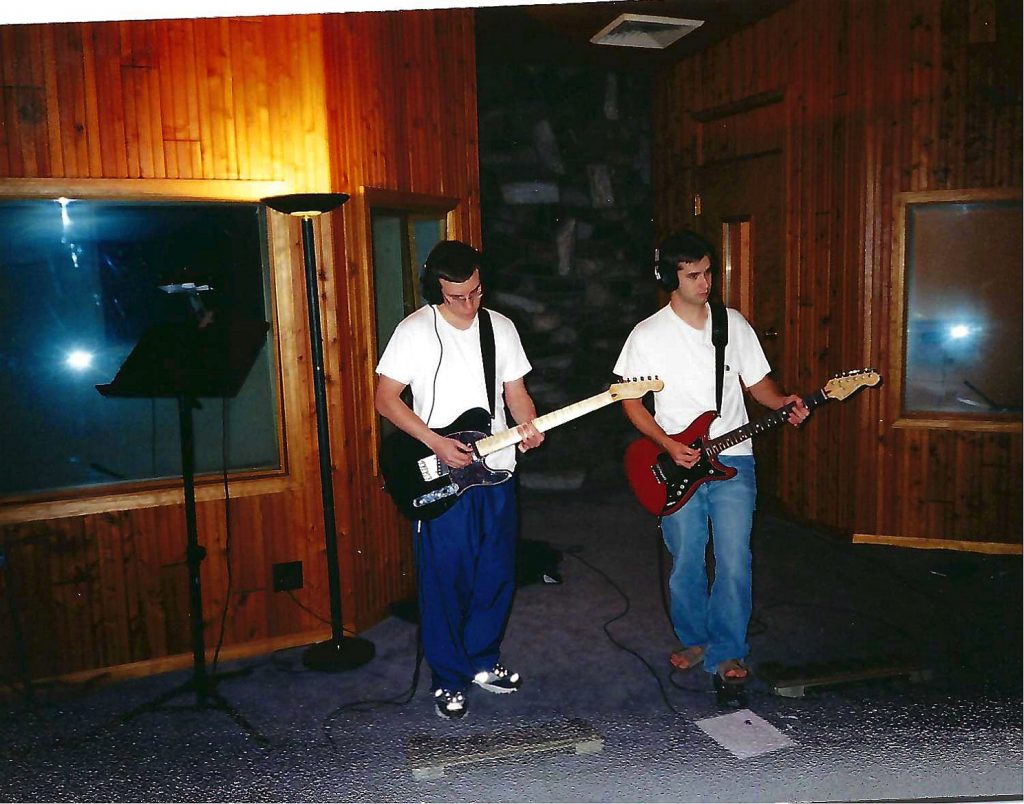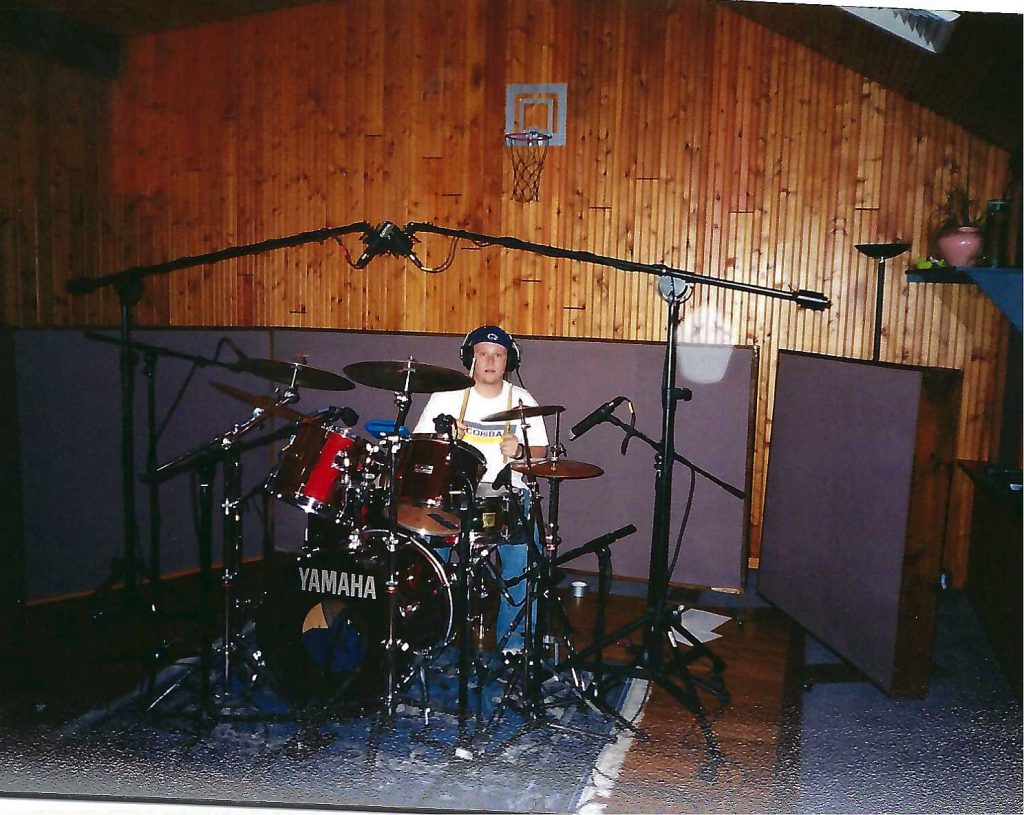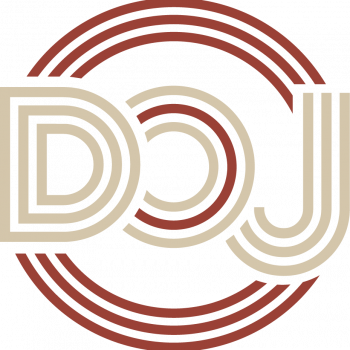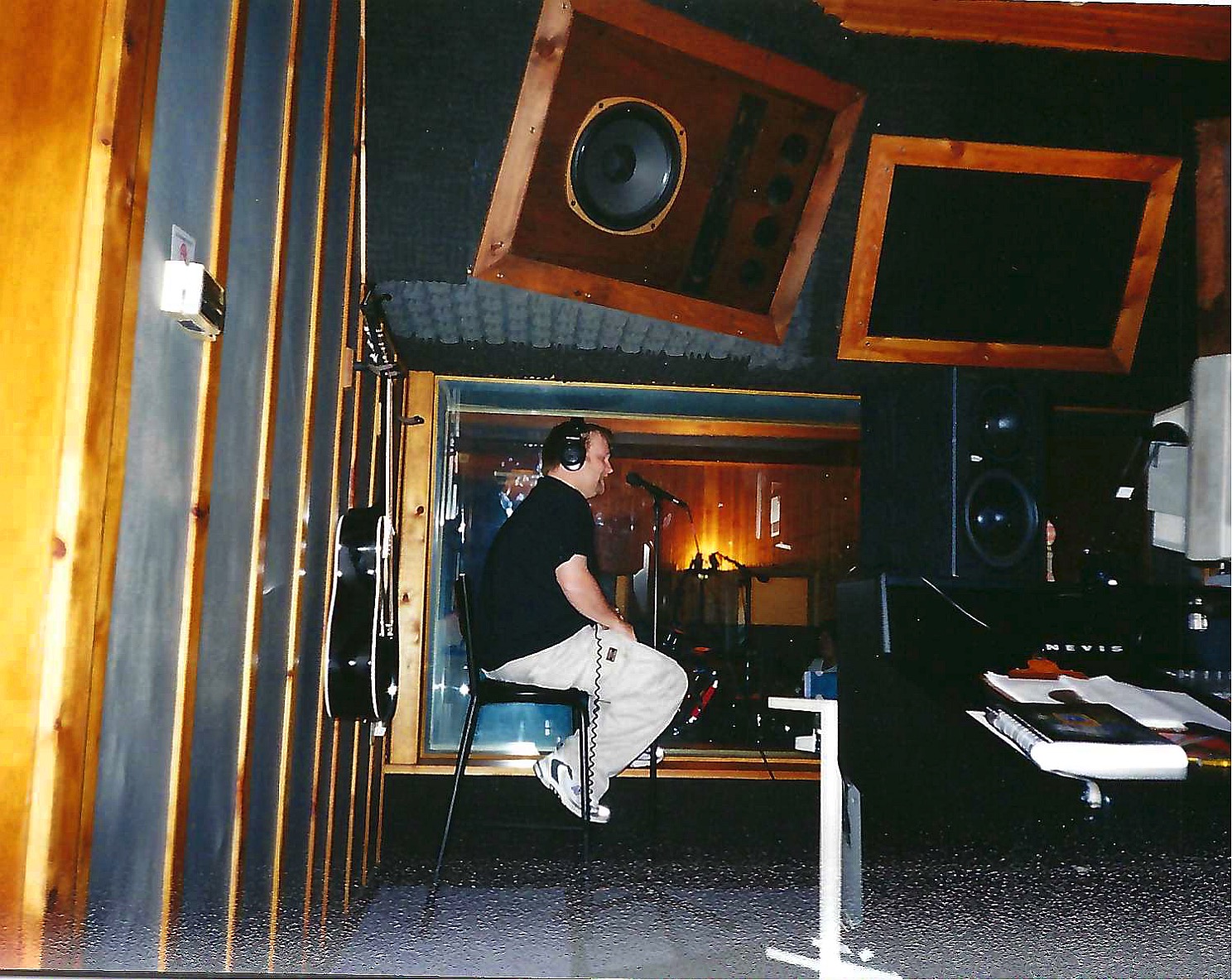Back in the early 2000s—before it became known as Tonic—an unassuming building on a busy stretch of road in McKeesport was home to a different kind of magic: Soundscape Studios. But to us, it wasn’t just a studio. It was a clubhouse, a secret lair, a temple.
We spent endless hours there, chasing the sound in our heads. Surrounded by racks of gear, a web of cables at our feet, and ashtrays overflowing from another long night of tracking or mixing, we lost all sense of time. Sessions always ran long. One minute you were laying down scratch tracks, the next it was 2 a.m. and someone was ordering pizza.
This was home base for a generation of musicians chasing something we couldn’t quite name—but we knew it when we heard it.
The Sound of That Place

There was and still is something unmistakable about the sound in that room. Maybe it was the bones of the building—originally constructed for the legendary George Jones. Or maybe it was the atmosphere: lived-in, saturated with echoes of all-night sessions, vintage gear, and frayed vocal cords.
It felt like every cable carried more than a signal—it carried soul.
It didn’t matter if you were cutting alt-rock, soul, blues, or something that didn’t even have a name yet—Soundscape captured emotion. Our first album, Aestus, came to life there. A dozen other projects faded into obscurity, some lost to hard drives, some to time.

The Pre-Streaming Era
Recording at Soundscape in the early 2000s meant something different. This was before Spotify. Before YouTube. Before TikTok.
You weren’t tracking for algorithms. You were burning CDs to sell at shows, or maybe to mail off to college radio or indie labels. The stakes felt high—but human.
It was digital, sure—but imperfect. We couldn’t play to a click to save our lives. You weren’t comping 47 takes. You were capturing a moment—maybe two or three tries—and trusting the vibe more than the polish.
Smoke Breaks and Bounces
When it was time for a bounce—those 10 or 20-minute moments where Pro Tools needed to catch up—we’d drift into the garage.
That dingy little space with its concrete floor and faded yellow paneling, signed by the bands who came before us, was our unofficial lounge. It was where we parked, loaded gear, and decompressed.
We’d chain-smoke cigarettes, replay takes in our heads, argue about mix levels or lyrics—or just sit in silence, staring into the late-night haze.
Those smoke breaks were sacred. A breath between the madness. A place to recalibrate before stepping back into the glow of the control room.
The All-Nighters
Mixing happened late. Not just out of necessity, but because the music hit different after dark. Fewer distractions. No phone calls. Just the hum of gear and the occasional creak from the live room.
But nothing prepared us for that night—or rather, that morning.
We’d been up all night working on Aestus. Our ears were fried. Every EQ sweep sounded the same. But we were deep in the vocal layering—stacking harmonies, chasing texture, feeling like we were close.
And then it happened.
Sunday Soul
It was early. The kind of early where the sky hadn’t even figured out what color it wanted to be. Maybe 3 a.m.? Maybe 5?
We were layering a big, open harmony part—tired beyond belief, probably on our nineteenth coffee and fourth pack of cigarettes—when Kevin Facer, our engineer, soloed the harmonies.
What came out of the monitors stopped Dallas and me cold.
The harmonies—stacked, lush, ringing—sounded like a choir echoing through a cathedral. It had weight. Warmth. A shimmer. It felt like we’d tapped into something bigger than us, like we were channeling voices we didn’t even know were there.
Dallas laughed and said, “Well, it is Sunday morning.”
We all cracked up. Exhausted. Giddy. Running on fumes—but suddenly refueled. That sound—that soul—ended up on the record. It still gives me chills when I hear it.

Looking Back
Recording at Soundscape in those days was equal parts chaos and creation. Long nights. Sketchy mixes. Brilliant accidents. A haze of cigarettes and coffee.
We had plugins—but not infinite takes. We had ears, instinct, and a stubborn refusal to quit until it felt right.
Somehow, in that studio with its history and heart, we carved something real out of thin air.
Those harmonies on Aestus? That was us—half-broken, wide open—capturing a moment that still feels like Sunday morning.
Soundscape was more than a studio. Because that CD you still have—scratched, maybe with a hand-drawn label—might not be perfect. But it was real. And it all started in that studio built for Mr. George Jones on that busy street in McKeesport.
Legacy Lives On
Beneath the layers of paint and software updates, the bones of that building still hum with the energy of sessions like ours.
The studio is still owned by Pittsburgh native Doug Kasper, who rebranded it as Tonic Recording Studios in 2015. Today, it continues to serve local, national, and international clients, carrying on the legacy of Soundscape with grace and grit.
With over 25 years of excellence in the Pittsburgh music scene, Tonic boasts an impressive engineering roster, including names like Dave Hillis (Pearl Jam’s Ten), Lee Caruso Jr., Billy Rossi, and others.
Tonic remains true to its original mission: to be a world-class recording space where the soul of sound still matters.

